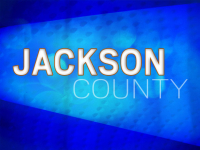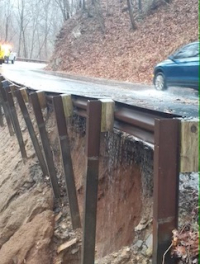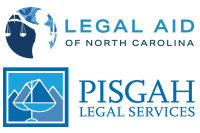Good old-fashioned shape note ‘sing’ fills hall at Lake Junaluska
It took just moments for this roomful of 60 people with their varying musical backgrounds and abilities to unite in song. But they did just that thanks to the guidance of shape-note teacher Anne Lough of Haywood County, who walked them through the basics of this historic musical method.
Lough is an instructor and performer, versed in traditional singing, storytelling, folklore, folk dance and the shape-note tradition. An enthusiastic and charismatic speaker — even on this day with the start of a bad cold — Lough is exceptionally skilled at persuading shy potential musicians to forget their hesitations and join in an old-fashioned sing-along like this one last week at Lake Junaluska. The “sing” was part of the monthly “Live and Learn” series, which features guest speakers and authors on an array of topics, from history to the environment, and in this case, heritage.
“This connects people with their heritage,” Lough said after the event. “This really is Americana — whether they are Baptist, Methodist or Presbyterian.”
Shape notes are a musical notation in which symbols or “shapes” — diamonds, squares, upside-down triangles, right-side-up triangles and so on — match solfege syllables (think do-re-me-fa-sol-la-ti-do). Shape notes allow singers to learn tunes easily and quickly than learning to read music — even the explanation takes longer and is more difficult to grasp than the actual shape-note system.
People who have encountered shape-note singing don’t soon forget the experience. Kate Thurber, a resident of Massachusetts who winters in Waynesville, first heard the unique singing at a Mountain Heritage Day event a couple years ago. She was at the traditional arts and crafts venue at Western Carolina University in the company of a friend.
“It was pouring the rain and we happened to go in a building and they happened to be doing shaped note singing. It was beautiful,” said Thurber, who welcomed the opportunity to learn more about the technique.
Related Items
Culture and music, Lough told the crowd, go hand in hand: shape notes “are part of our Protestant hymn tradition here in America,” she said. “It’s very important to American musical history.”
And the Southern Appalachians have a particularly rich tradition in shape-note singing, one that lives on in “sings” today.
Initially in America, the pilgrims were strictly singers of psalms. They used the Ainsworth Psalter, published in Holland in 1612 and brought to these shores in 1620.
But culture and music do indeed go together, and as the decades passed and more secular folk arrived in America, purely religious singing gave way to more casual singing in the community.
Rote learning, the primary method of teaching and learning vocal pieces, was slow and cumbersome.
Enter shape-note singing, a means to help singing teachers help those wanting to sing. A three-shape system dominated pre-Civil War; after that, a seven-shape system came on the scene, too, not so much replacing the previous notations as supplementing them. But the system’s roots are much more ancient than America, Lough said.
Guido of Arezzo, a medieval monk, is believed to have created a method of teaching vocal songs that was dubbed the Guidonian Hand. In this system, each portion of the hand represented a specific note. While teaching, the music instructor would indicate which notes to sing by pointing at his hand.
From a simple hand grew entire musical-notation systems.
Lough, a native of Virginia, has lived in Western North Carolina with her husband, Rob, since the 1990s. She said the musical culture here has proven a wonderful experience for the couple: Rob Lough, like his wife, is a musician.
“I could never have imagined the richness, the interest in preservation” found here in WNC, Lough said, who added she doubted that there is anywhere else outside this region that would have allowed her to make her living as a musician. Lough plays the autoharp, guitar, hammered and mountain dulcimer.









